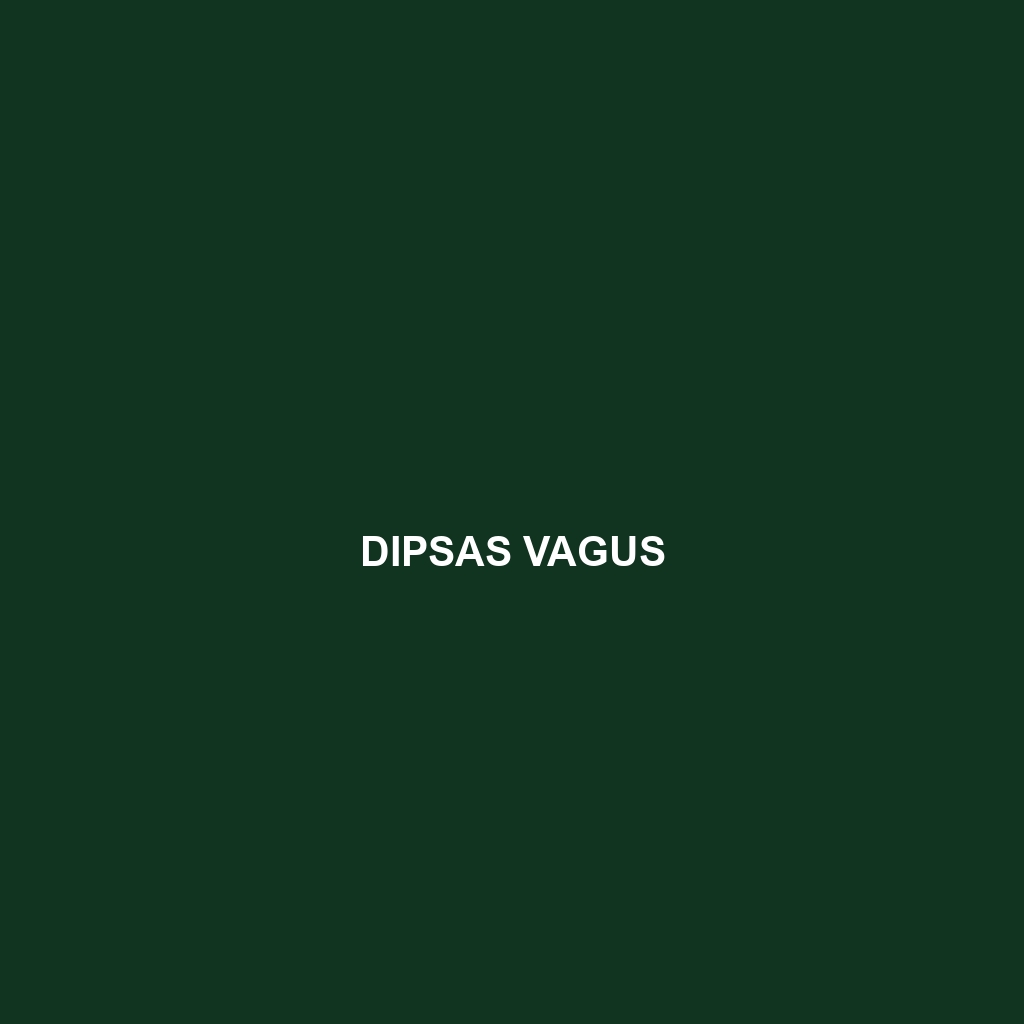
Tag: wildlife conservation
-
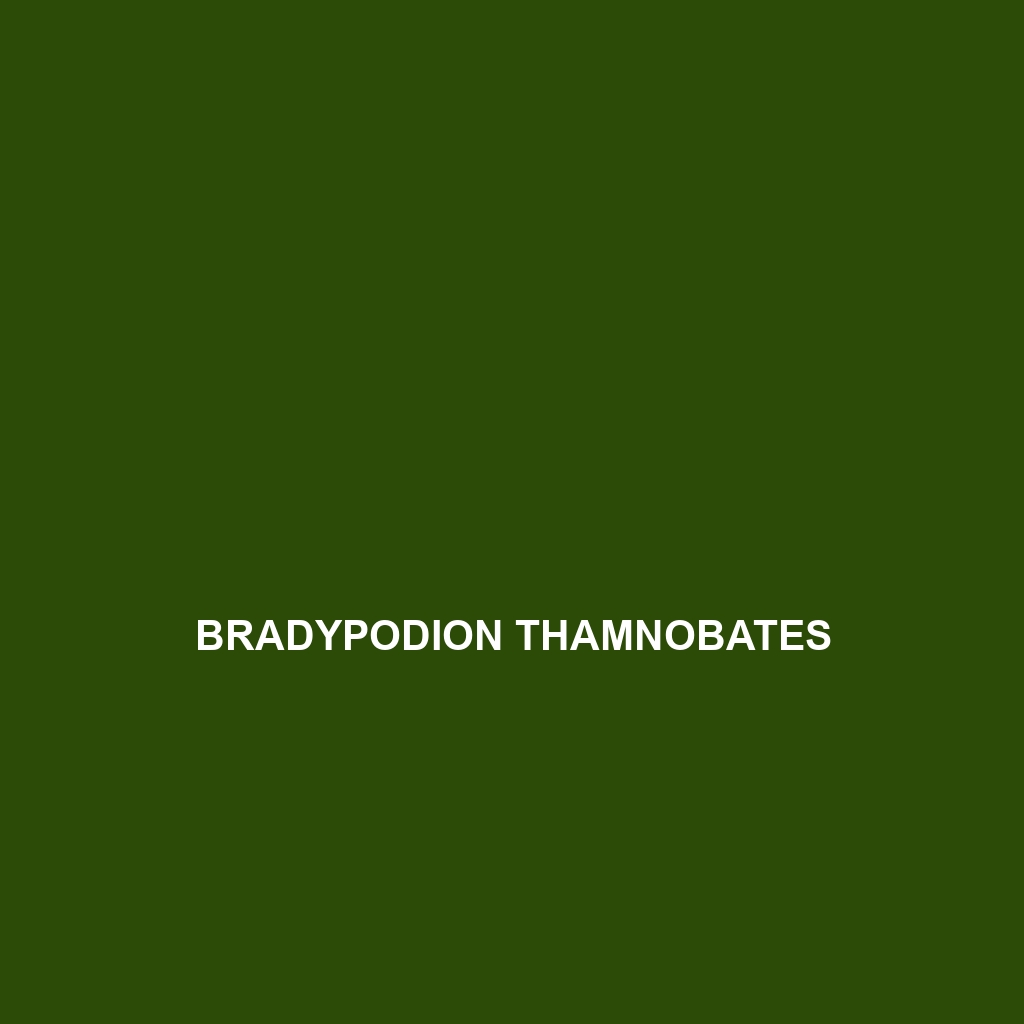
Bradypodion taeniabronchum
Discover the Bradypodion taeniabronchum, or striped dwarf chameleon, a vulnerable species native to the temperate forests of South Africa, known for its striking vertical stripes, arboreal lifestyle, and diet of insects. With remarkable camouflage and unique vocalizations, this chameleon plays a vital role in its ecosystem by controlling insect populations while serving as prey for…
-
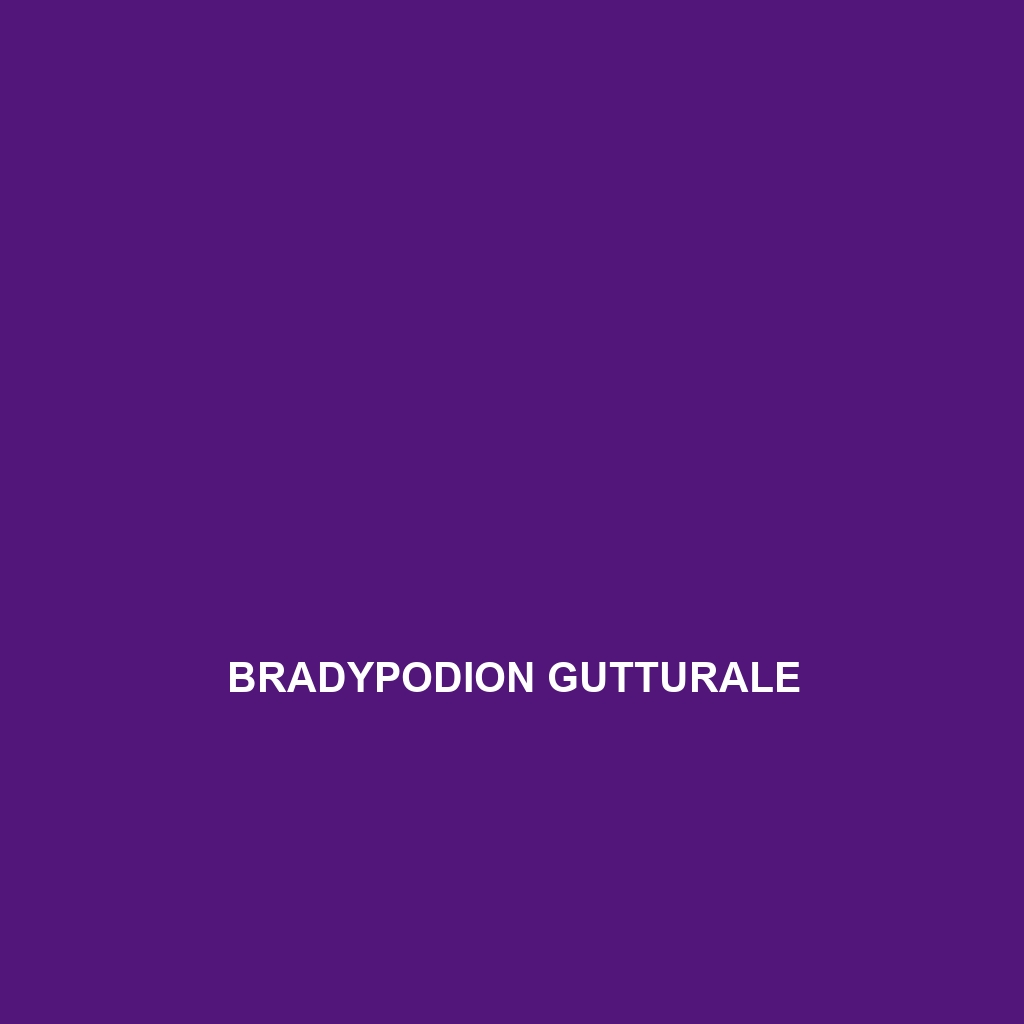
Bradypodion gutturale
Discover the fascinating Bradypodion gutturale, or Guttural Chameleon, a small, vibrant species found in South Africa’s forests that adeptly changes color for camouflage and communication. With a specialized diet of insects and a vulnerable conservation status, this unique reptile plays a crucial role in maintaining ecological balance.
-

Bradypodion caeruleogula
Bradypodion caeruleogula, or the blue-throated chameleon, is a vibrant insectivore endemic to South Africa’s mountainous forests, noted for its striking blue throat and arboreal lifestyle. As a vulnerable species, it plays a vital role in its ecosystem by helping control insect populations and serving as prey for larger predators.
-
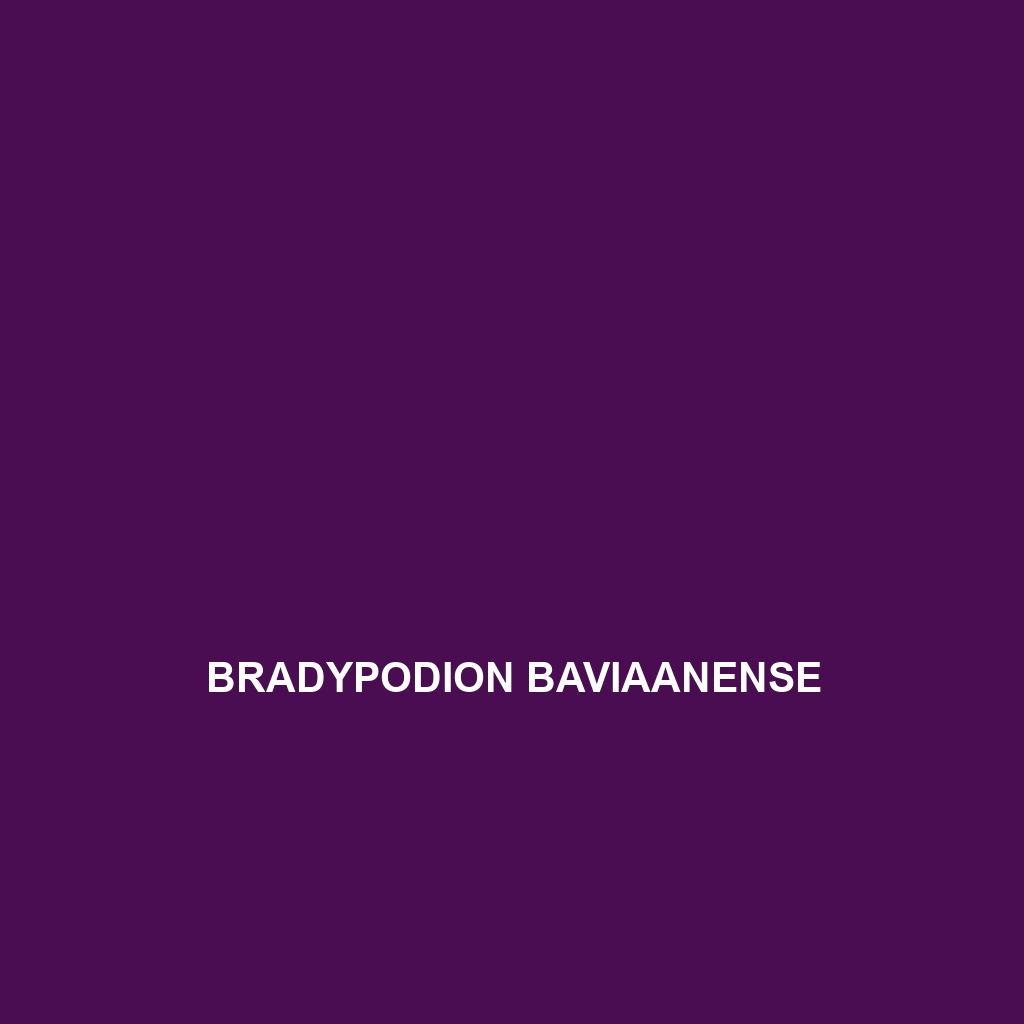
Bradypodion baviaanense
Discover the Baviaanskloof chameleon (Bradypodion baviaanense), a vibrant and unique species found in South Africa’s temperate forests, known for its ability to change color, arboreal lifestyle, and diet primarily consisting of insects. Classified as Vulnerable, this chameleon plays a vital role in its ecosystem, contributing to insect population control while facing threats from habitat loss.
-

Brachyurophis campbelli
Brachyurophis campbelli, or Campbell’s Banded Snake, is a non-venomous fossorial snake native to the semi-arid regions of Australia, characterized by its distinctive banded pattern and slender body. Thriving in various habitats, it primarily feeds on small reptiles and invertebrates while playing a crucial role in maintaining ecological balance.
-

Brachyseps splendidus
Discover the vibrant Brachyseps splendidus, or splendid skink, a striking lizard native to Madagascar’s lush tropical forests. Measuring 10 to 15 cm, this diurnal insectivore showcases bright blue and green coloration and plays a vital role in its ecosystem by controlling insect populations.
-
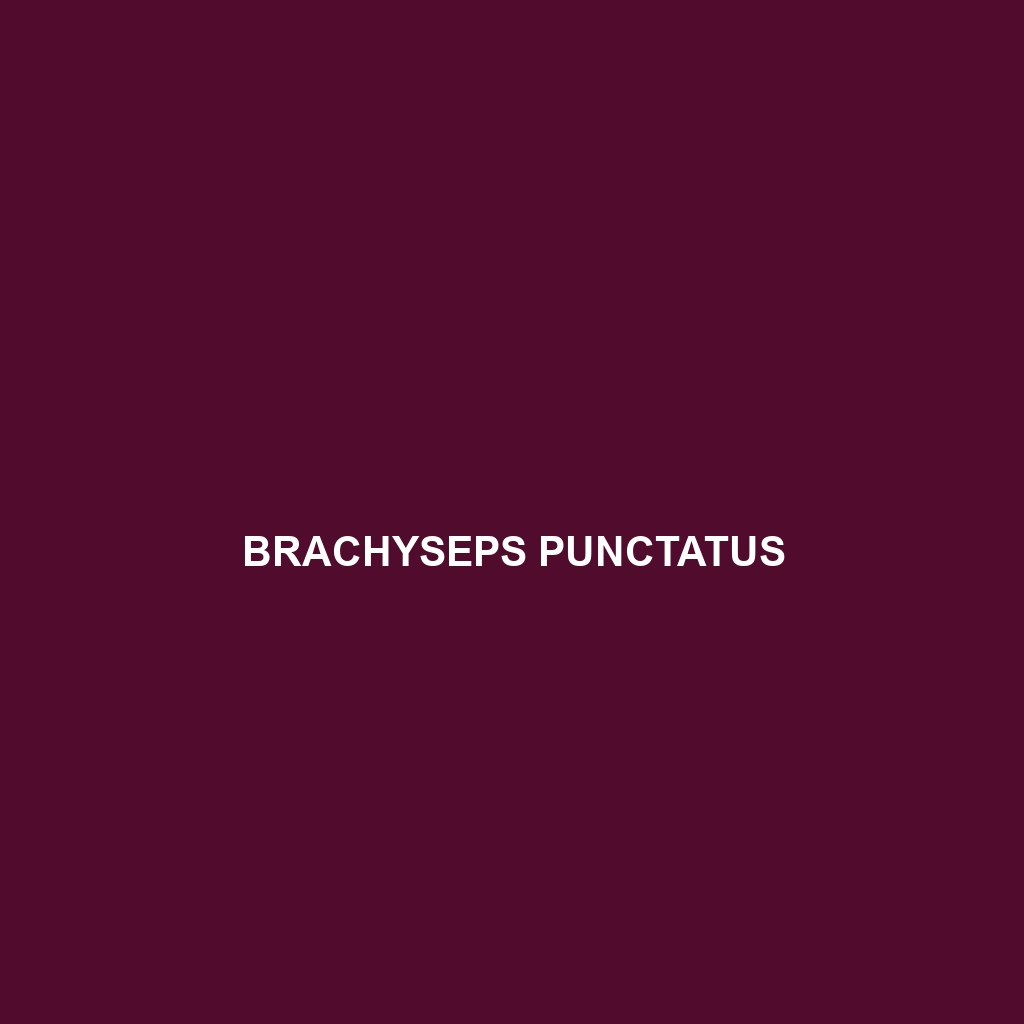
Brachyseps punctatus
Discover the Brachyseps punctatus, or spotted skink, a vibrant species native to Madagascar’s humid forests, characterized by its sleek body measuring 10 to 15 centimeters, adorned with dark brown or black scales and distinct yellow or cream spots. This agile, diurnal reptile plays a crucial role in its ecosystem by controlling insect populations and is…
-
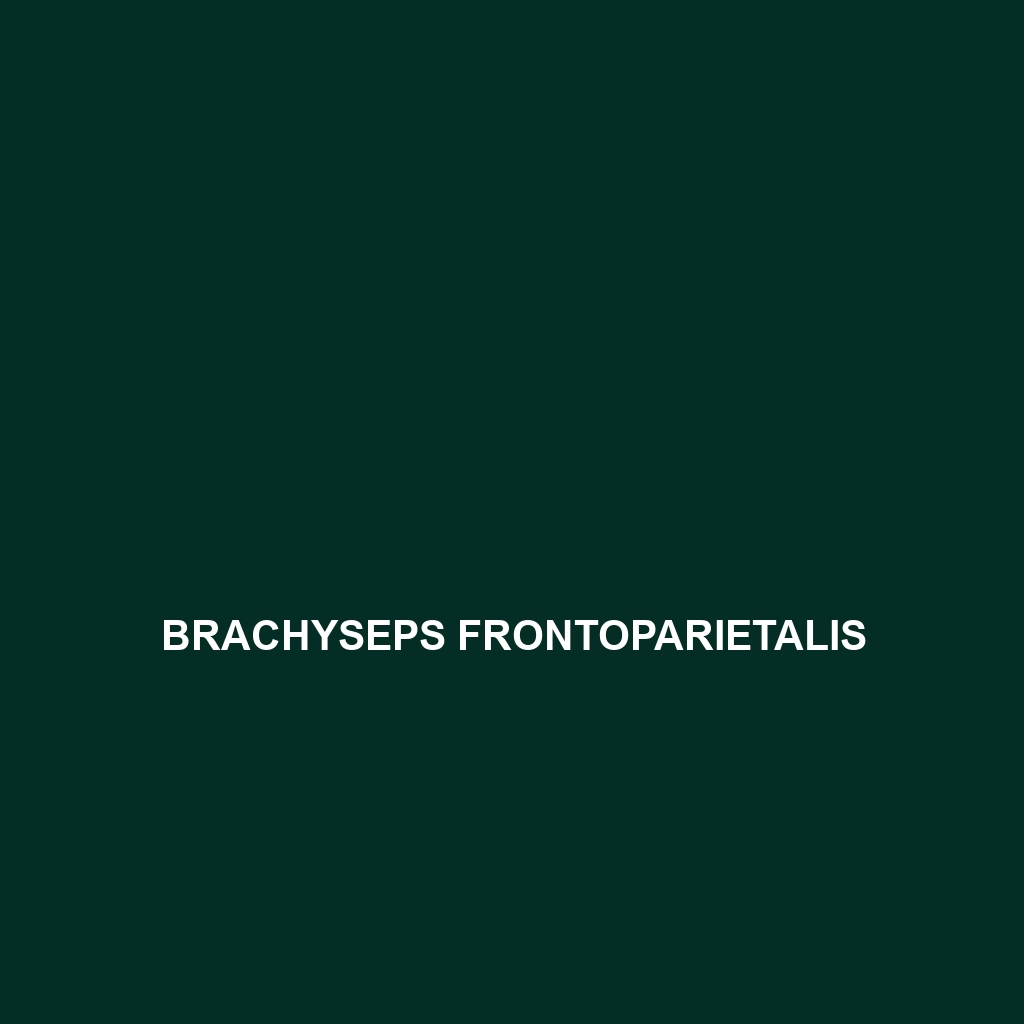
Brachyseps frontoparietalis
Discover the fascinating Brachyseps frontoparietalis, a vulnerable skink native to the moist forests of Madagascar, known for its sleek body, vibrant colors, and diurnal foraging habits. With a diet primarily of insects and a crucial role in controlling insect populations, this species showcases remarkable tail regeneration and intricate mating displays.
-
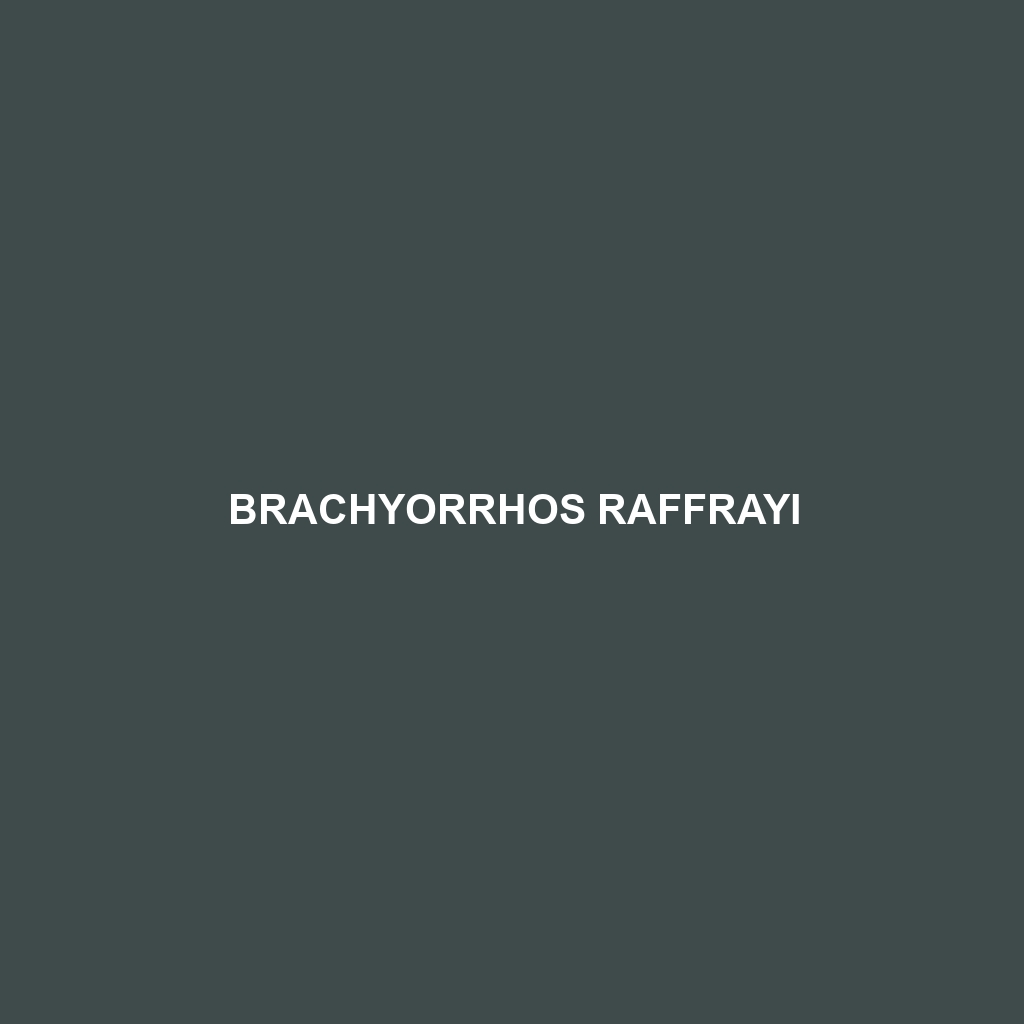
Brachyorrhos raffrayi
Discover the Brachyorrhos raffrayi, a strikingly patterned snake thriving in the dense rainforests of Southeast Asia. This nocturnal predator, reaching lengths of 30 to 50 cm, plays a crucial role in its ecosystem by controlling insect populations and is classified as Vulnerable due to habitat loss.
-
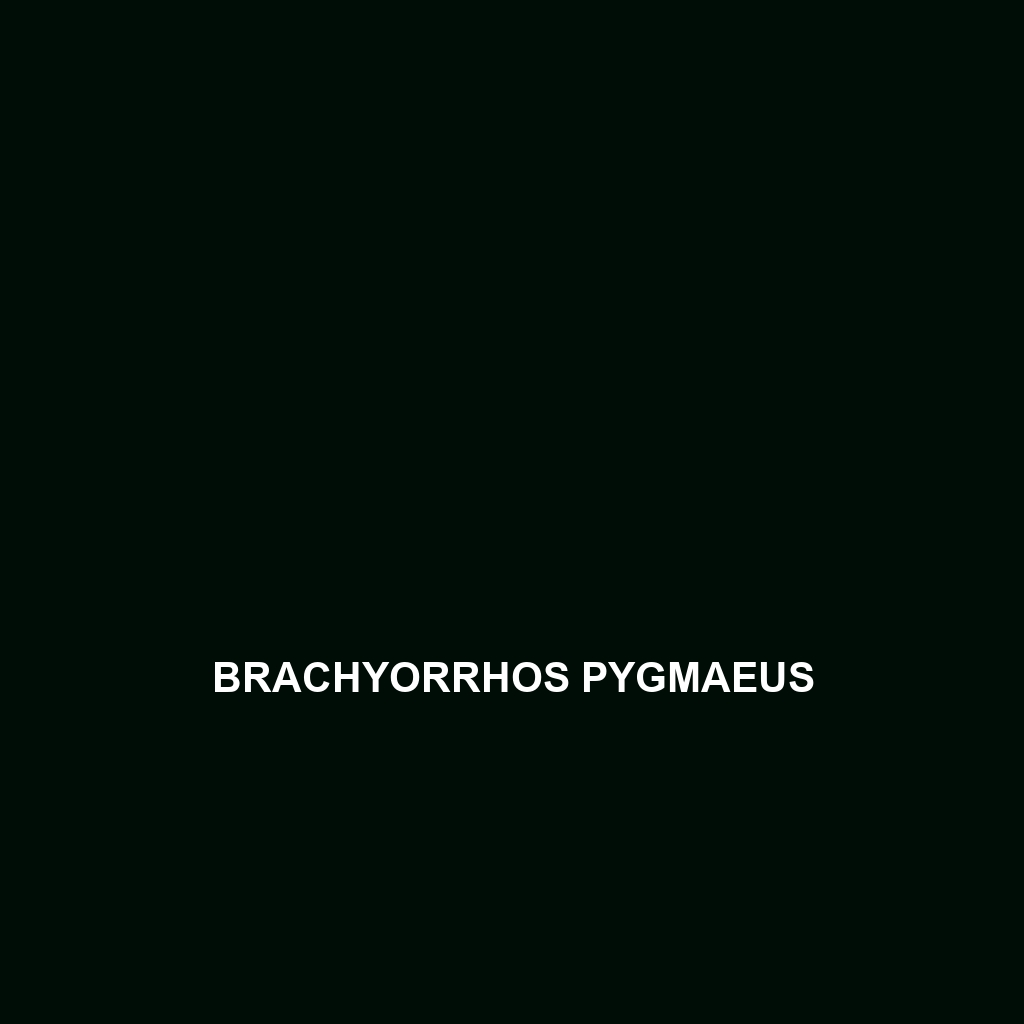
Brachyorrhos pygmaeus
Discover the captivating Brachyorrhos pygmaeus, a small, vibrant green and brown reptile native to the tropical rainforests of Southeast Asia. This insectivorous species plays a crucial role in maintaining ecological balance by controlling insect populations, while its striking coloration and agility enhance its survival in dense vegetation.
Search
Popular Posts
-
Dipsas ventrimaculata
striking Dipsas ventrimaculata, or Ventrimaculate Snake, known for its slender body and striking camouflage. Found in the tropical forests of Central and South America, this nocturnal predator primarily feeds on slugs and snails, playing a vital role in its ecosystem.
-
Dipsas variegata
captivating Dipsas variegata, or variegated snail eater, a striking snake with dark brown and yellow bands, thriving in the humid rainforests of Central and South America. This non-aggressive, nocturnal predator specializes in consuming land snails, playing a crucial role in maintaining ecological balance.
-
Dipsas vagus
Dipsas vagus, or Vagus Snake, a slender, non-venomous species native to tropical Central and South American rainforests, known for its brown and gray camouflage and a diet primarily consisting of slugs and snails. Classified as Vulnerable, this fascinating snake plays a crucial role in its ecosystem by regulating prey populations while employing cryptic behavior to…
Categories
Archives
Tags
animal adaptations (713) animal behavior (4666) animal reproduction (763) bat species (661) behavior (915) biodiversity (6774) conservation (1670) conservation efforts (1415) conservation status (4595) diet (2090) echolocation (822) ecological balance (1400) ecological role (1276) ecology (789) ecosystem (1468) ecosystem role (2606) ecosystem roles (632) endangered species (2368) environmental conservation (657) habitat (3224) habitat conservation (884) Habitat Destruction (922) habitat loss (2877) insectivorous reptiles (643) IUCN Red List (1343) nocturnal animals (2688) nocturnal behavior (2186) omnivorous diet (594) physical characteristics (1958) reproduction (2835) reptile conservation (846) rodent (677) rodent species (1325) seed dispersal (2043) Seed Disperser (950) seed dispersers (590) small mammals (1163) snake reproduction (589) South America (773) species description (713) tropical forests (932) Vulnerable Species (4332) wildlife (2506) wildlife conservation (4371) wildlife protection (799)


